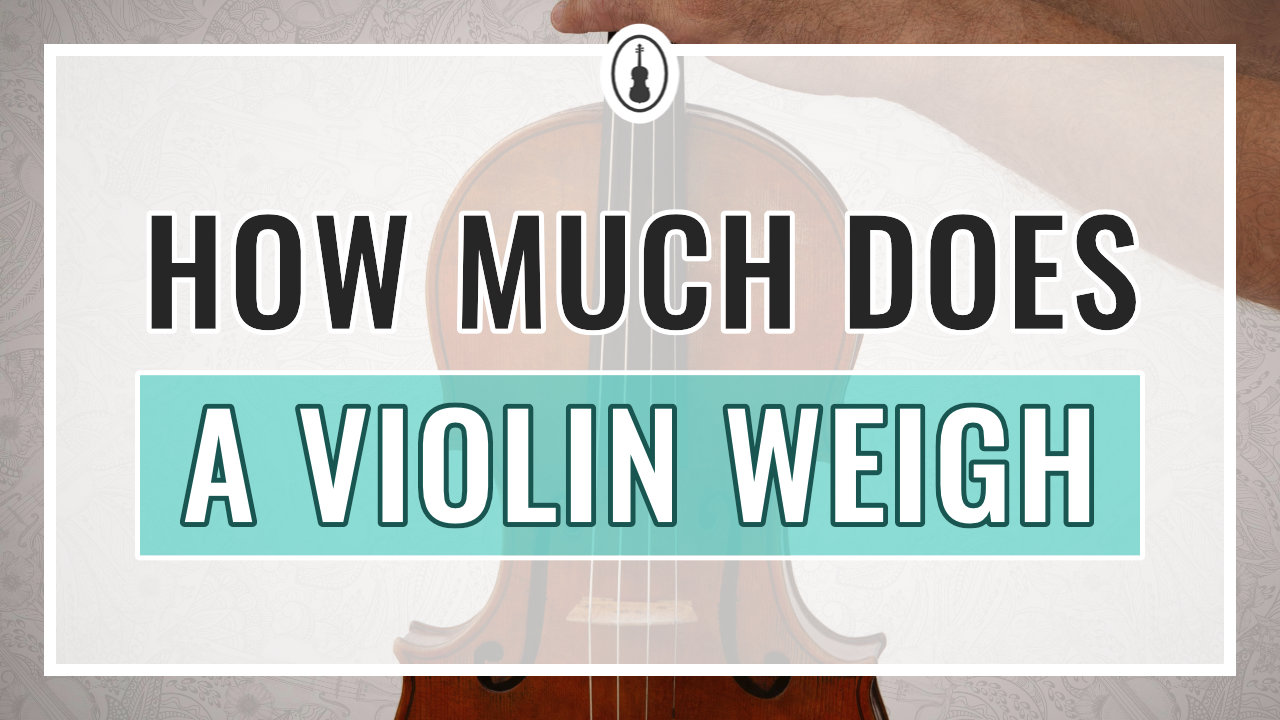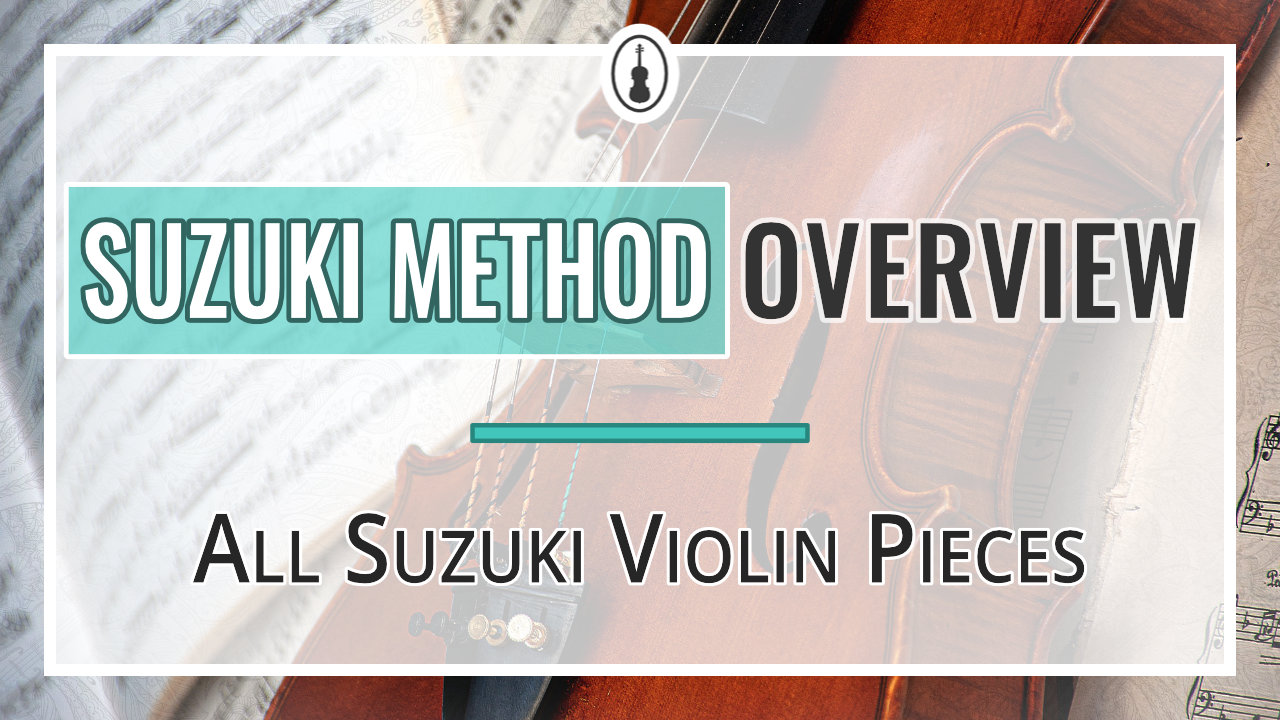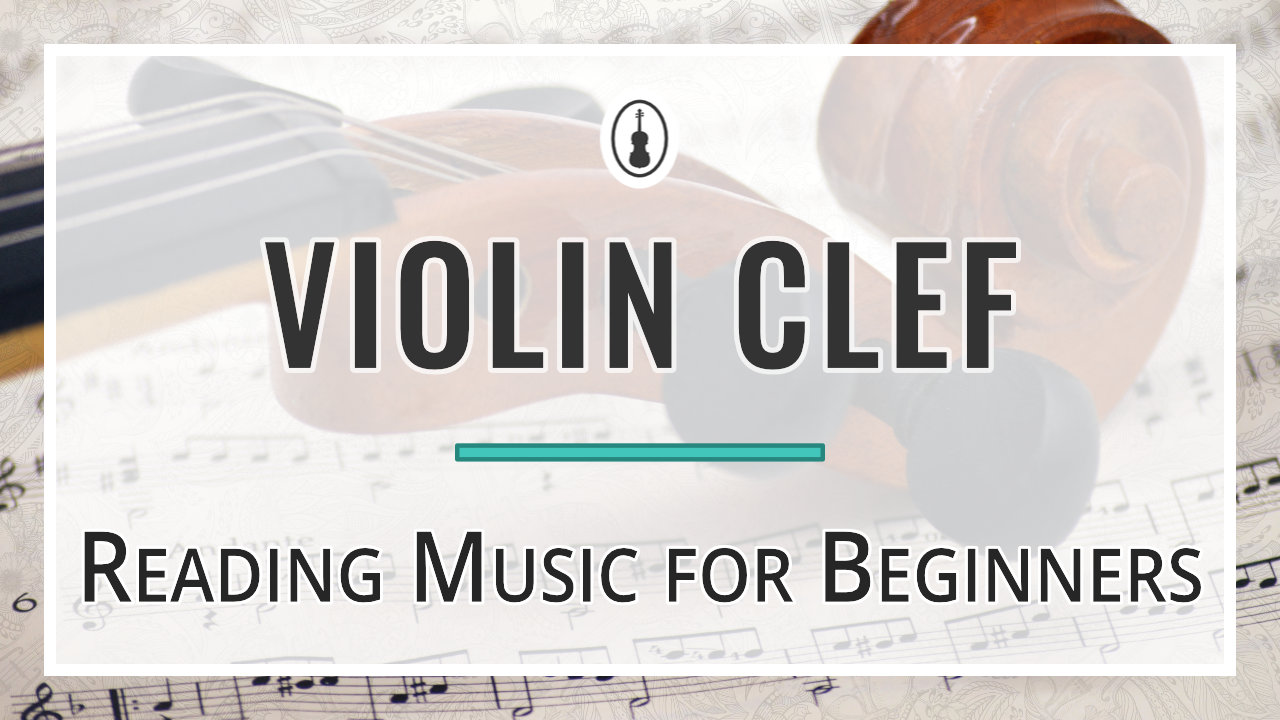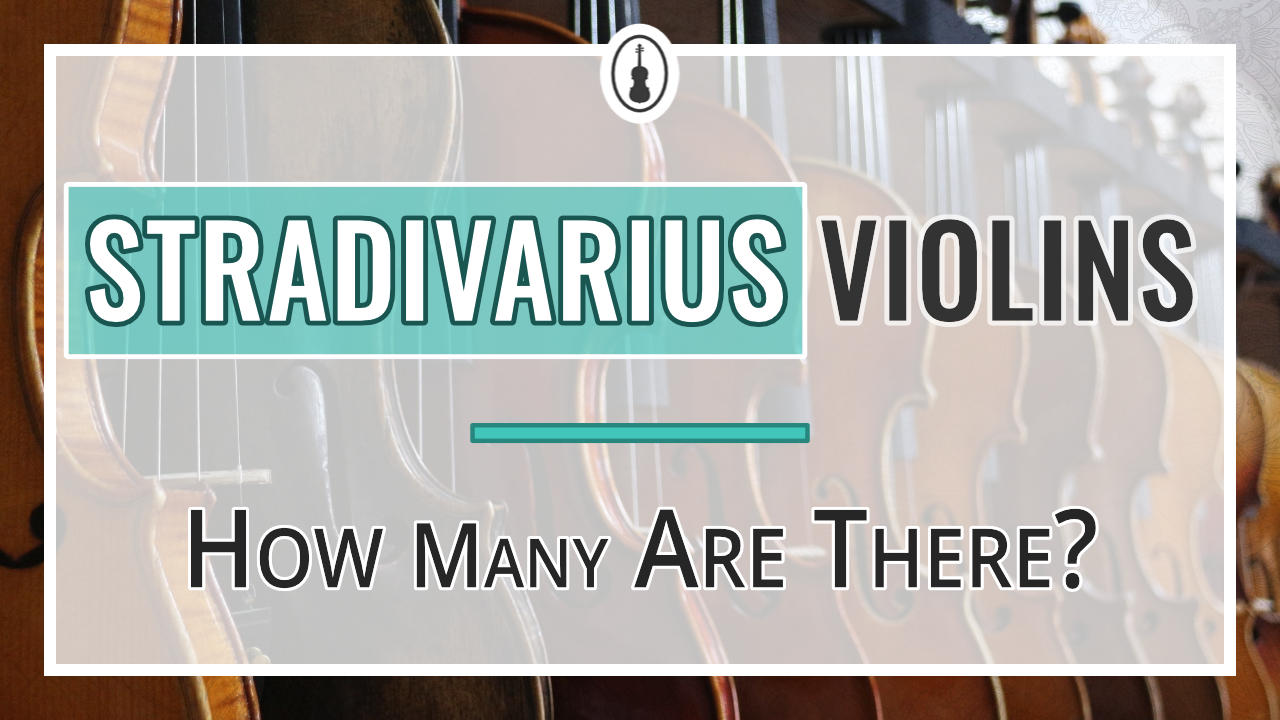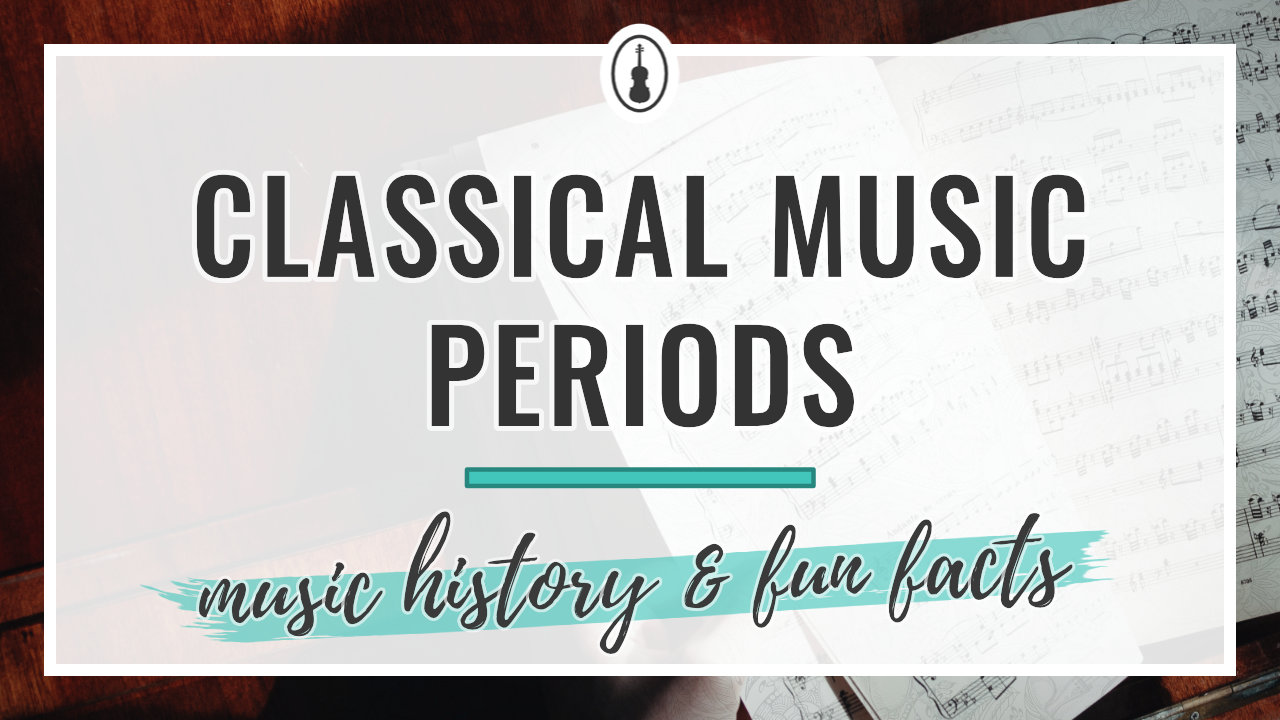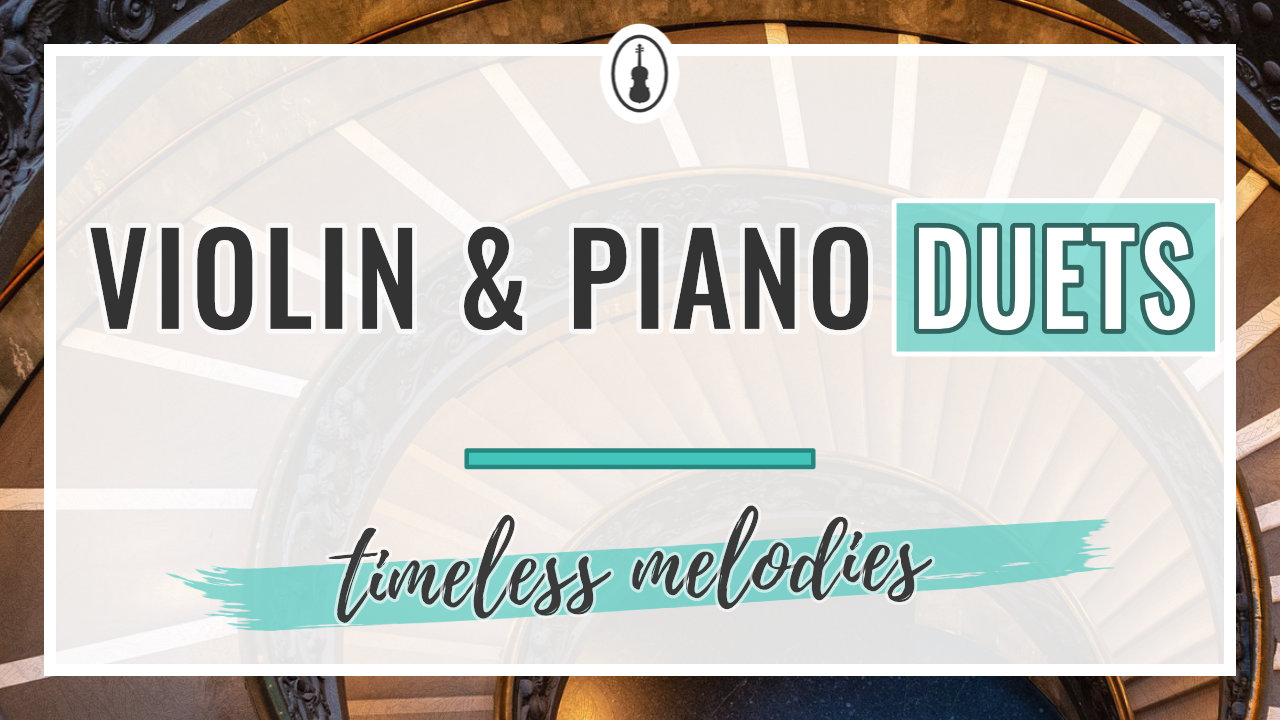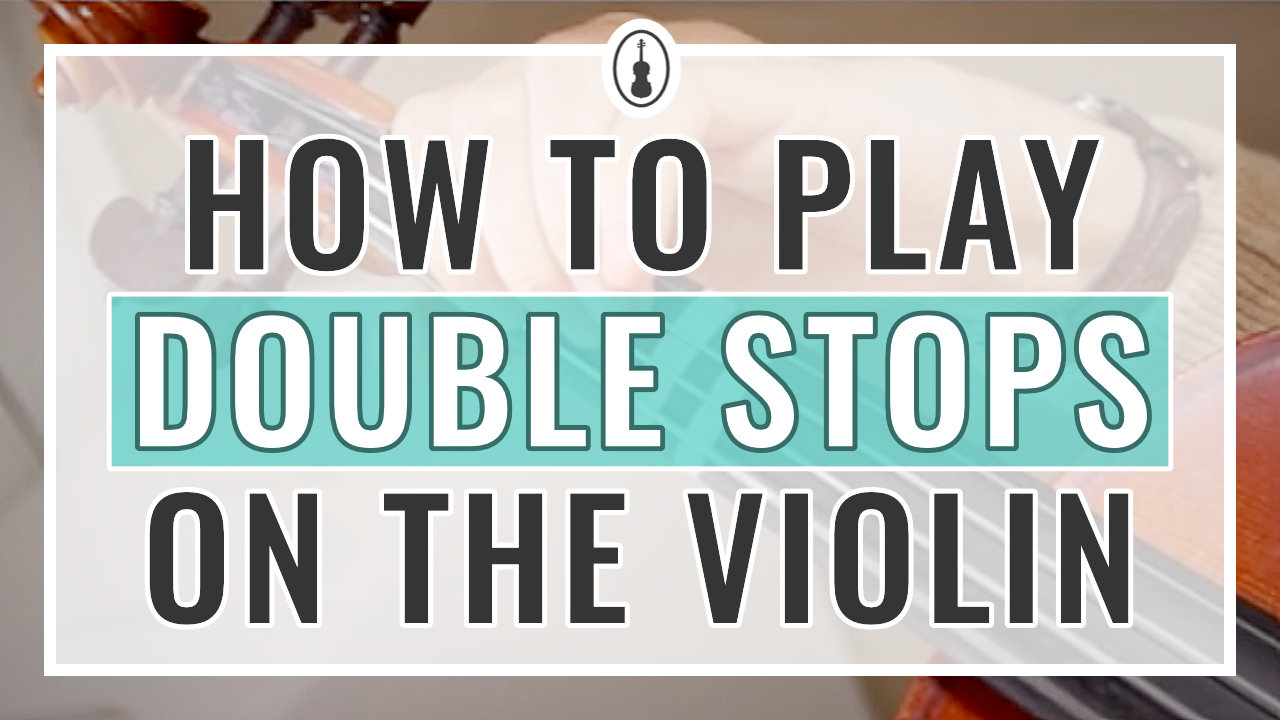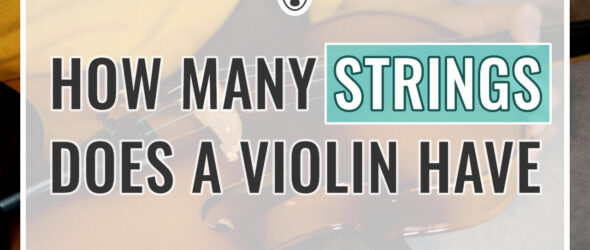
If you’re curious about learning a string instrument, you may be wondering, “how many strings does a violin have?” The traditional answer is four, but today we’ll dive into different types of violins, and how many strings each one has.
String instruments all over the world are slightly different, and the violin has certainly evolved over time. Today we’ll go over exactly how many strings these instruments have, how to tune violin strings, and other fun bits of information!
How Many Strings Are On A Violin?
The acoustic violin has four strings. Below is a picture of the open string notes for the traditional violin strings.
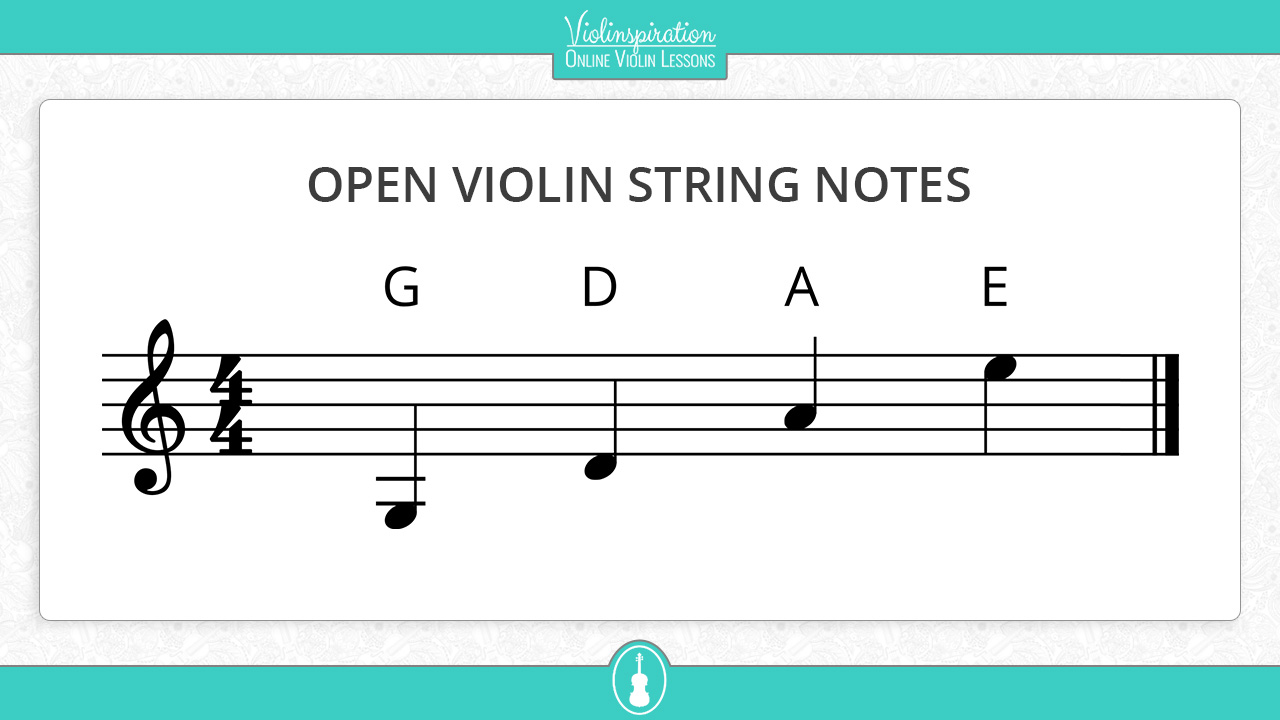
Do all violins have four strings?
Not all violins have four strings, but the modern acoustic violin that you hear in classical music and see in orchestras does have four strings; tuned G, D, A, and E. There are, however, a few other types of violins, and some of them have even more strings!
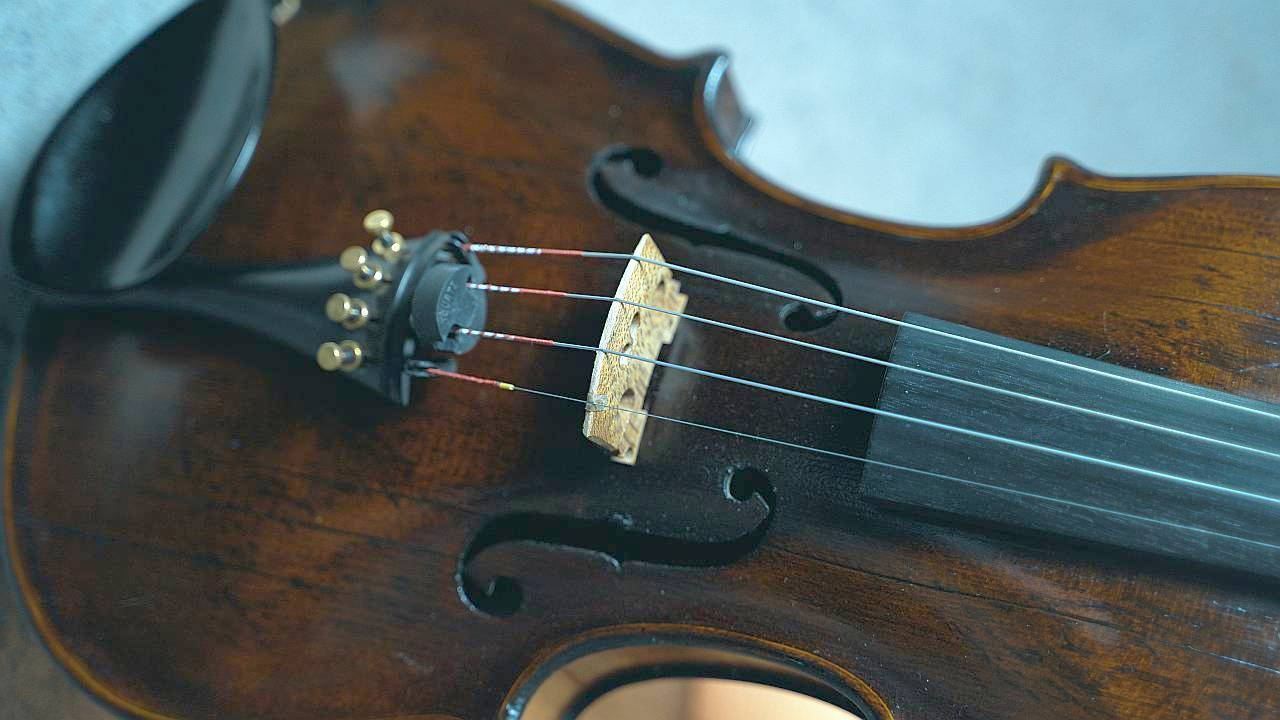
Older String Instruments
Older versions of the violin had different numbers of strings. Here are a few of the ancestors of the traditional violin:
- Rabab: a 2-string Arabian instrument that became popular in Europe in the 11th century
- Rebec: a Spanish instrument from the 11-13th centuries with 3 strings
- Vielle: a large, oval-shaped instrument that had 3-5 strings and was invented in the 10th century
- Lira da bracco: a 7-string instrument that was popular in 15-16th century Italy

Hardanger Fiddle
The Hardanger Fiddle, also known as Hardingfele, is the national instrument of Norway. This is an intricate string instrument that looks very similar to the traditional violin but will generally have carvings in the body, and beautiful inlays in the fingerboard and tailpiece.
A key aspect of the Hardanger fiddle is that it features sympathetic strings.

Frode Inge Helland, CC BY-SA 3.0, via Wikimedia Commons
With the sympathetic strings, a typical Hardingfele will have 8-9 strings. Four of the strings are played normally, and the sympathetic strings sit around the middle of the fingerboard and have their own smaller bridge below the regular one.
Five-String Violins
Some players want to combine the qualities of both the violin and the viola to gain a lower range. Some violin makers will create violins with an added C string (the lowest viola string) for this purpose. Some five-string violins are acoustic, and others are electric.
These violins are usually a little wider and heavier than the traditional modern violin, but they’re still smaller than a regular viola. Electric violins with the added fifth string are the most popular iteration of the five-string violin because it’s very versatile for live performances and gigs.
What is a five-string violin called?
Historically, there was a violin with five strings that was very popular in France in the 1700s. This instrument is called the Quinton.
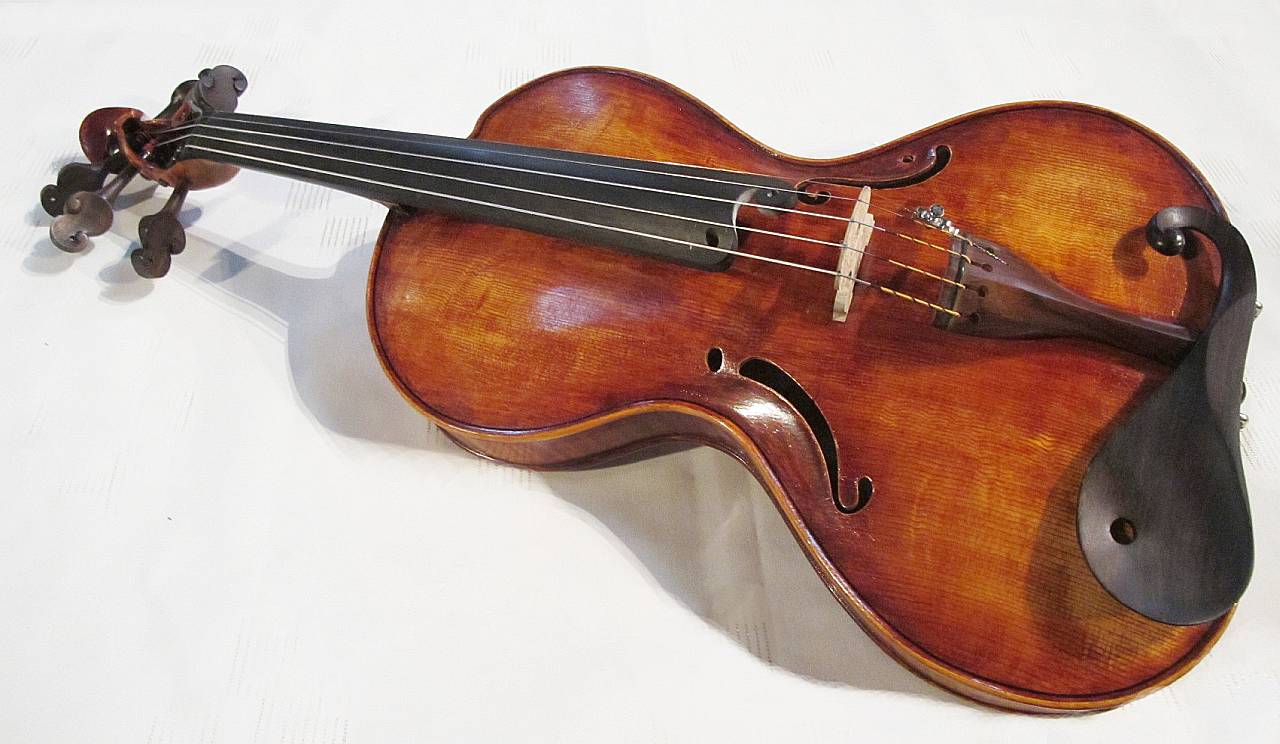
Frinck, CC BY-SA 4.0, via Wikimedia Commons
The Quinton is a hybrid between the violin and viol, a Baroque-era instrument that was played similarly to the cello. The newer instrument’s range encapsulates both instruments, starting from below the violin’s range, and ending above it. The Quinton was played on the lap and was popular in string ensembles.
Today, we call violins with five strings “Five String Violins”, or just “Five Strings.” They’re not generally used in orchestras, or in the traditional sense. They’re much more popular with gigging musicians who switch between violin and viola often, or those who play electric violins and just want a wider range.
Seven-String Violin
Another electric violin variant has seven strings. The range of this instrument goes from a B flat (a whole step below the cello’s lowest string) all the way to the top of the traditional violin range.
These instruments are much rarer than five-string instruments, but as you can hear in the video above, this type packs a full punch if you do solo gigs but want to have a fuller sound, especially in rock genres.
How are violin strings tuned?
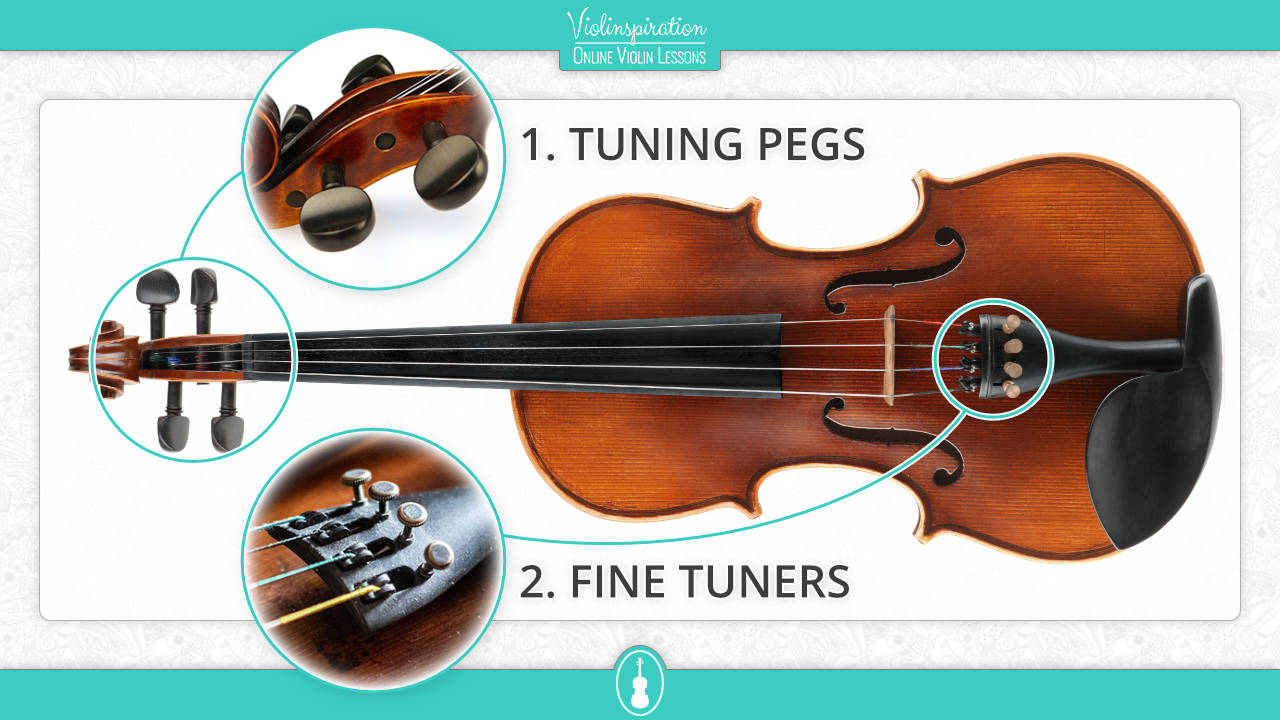
The traditional, modern violin has four strings, and they’re tuned G, D, A, and E, from lowest to highest. We tune the strings with both the tuning pegs and the fine tuners. The pegs give us a wide adjustment, and finer tuners make much smaller changes.
The four tuning pegs align with the four strings. See the picture below to note how they line up. If you have your own violin, you can also follow each string up to its peg to check which tuning peg to use for each individual string. For example, you’ll see the E string on the right, and if you follow it all the way up, it wraps around the bottom right tuning peg.
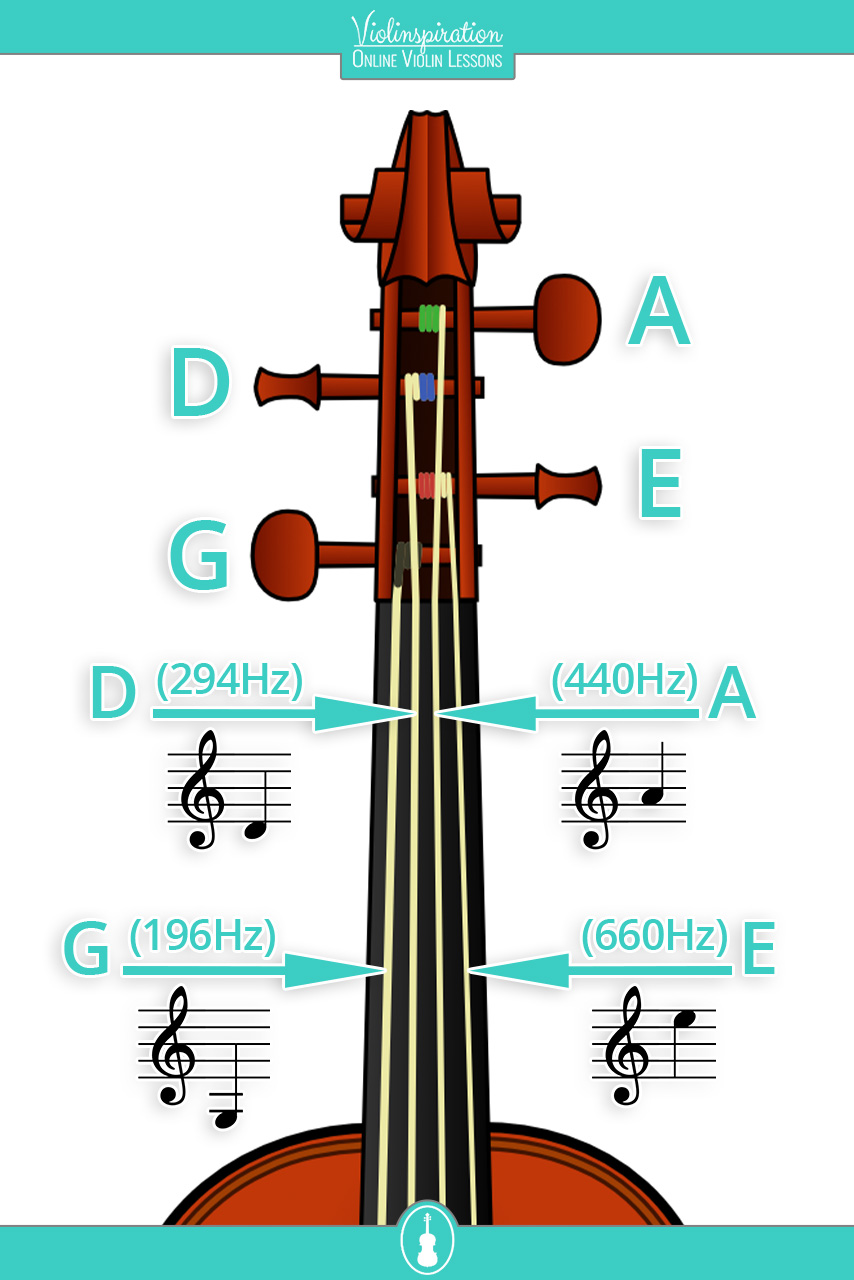
If you’re playing on a five-string violin, the low C string will be the left-most string, and the peg will be on the left, where the G peg usually is; the G peg goes where the D peg is on a standard violin; and the D peg goes above that, past the A peg but on the left.
Learning to tune the violin without breaking any strings (particularly the E string!) is a hurdle for most beginners, but I’m here to help! Here on my blog, I’ve shared how to tune as a beginner, how to tune with the pegs, tuning with the fine tuners, and I even offer a free tuner that you can use whenever you’d like!
Does a violin have frets?
A fret is a raised bar on the fingerboard that shows where a specific note is, and if the string is pressed just behind the fret, you’ll hear the note that occurs where that fret is. Guitars and electric basses commonly have frets through the whole length of the fingerboard.
Standard, acoustic violins do not have frets: the fingerboard is smooth, and violinists learn where exactly to place their fingers to play the notes they need.
Learning where the notes are on the violin is one of the hardest aspects of mastering the violin. Many of us start learning the placements by placing tapes on the fingerboard to remind ourselves where the notes are.
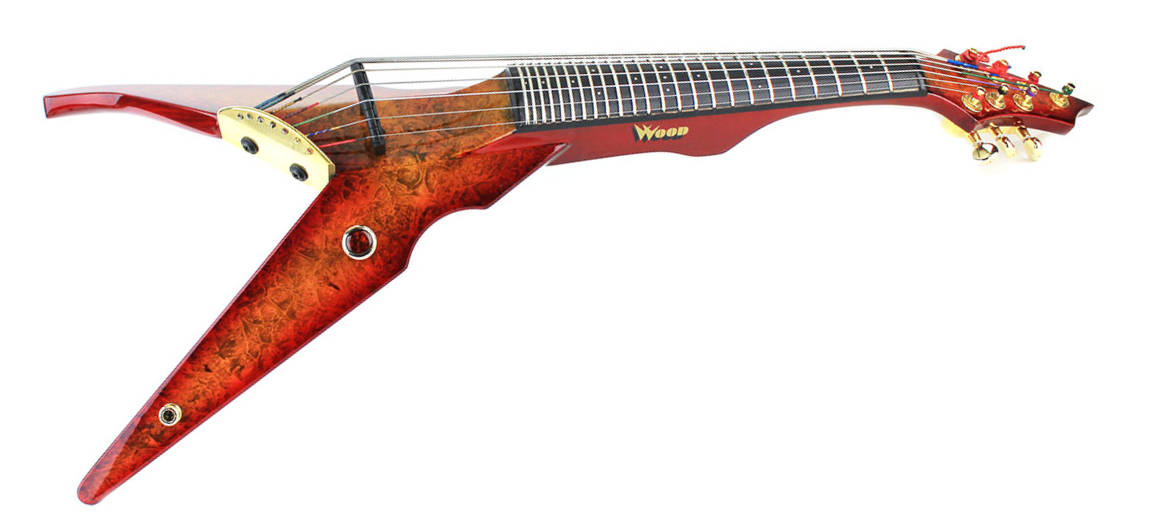
However, some electric violins do have frets. The frets can help players sound more like a guitar, and perform slides and strumming sounds that just aren’t possible on the traditional violin. An important thing to note, though, is that you can’t produce vibrato as easily on a fretted violin.
Learn even more!
Other members of the string family can have a differing number of strings as well, and they all have their own extensive histories. The double bass in particular is very customizable, and has a fascinating history! Let me know in the comments if you’d like to read about the other stringed instruments, too.
If you enjoyed learning about the violin strings, I recommend you check out these articles:
- What are Violin Strings Made Of? – Learn about gut strings vs. synthetic strings and steel strings and their history.
- 6 Things to Consider When Choosing Violin Strings – Information on different types of strings and their specific sound plus best strings recommendations.
- Violin Sound: Why We Love It and How to Improve It – A bit about how the violin is physically played and how to produce sound.








